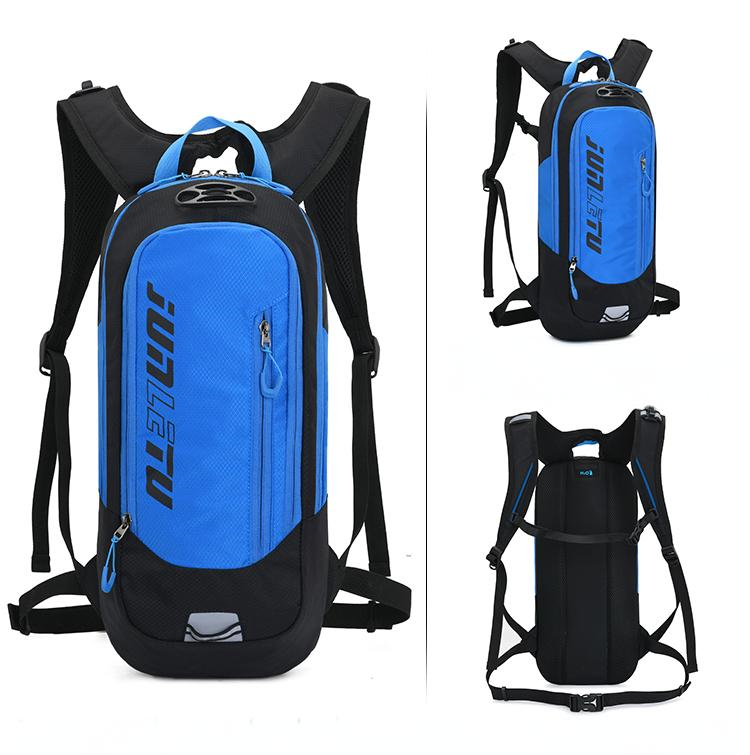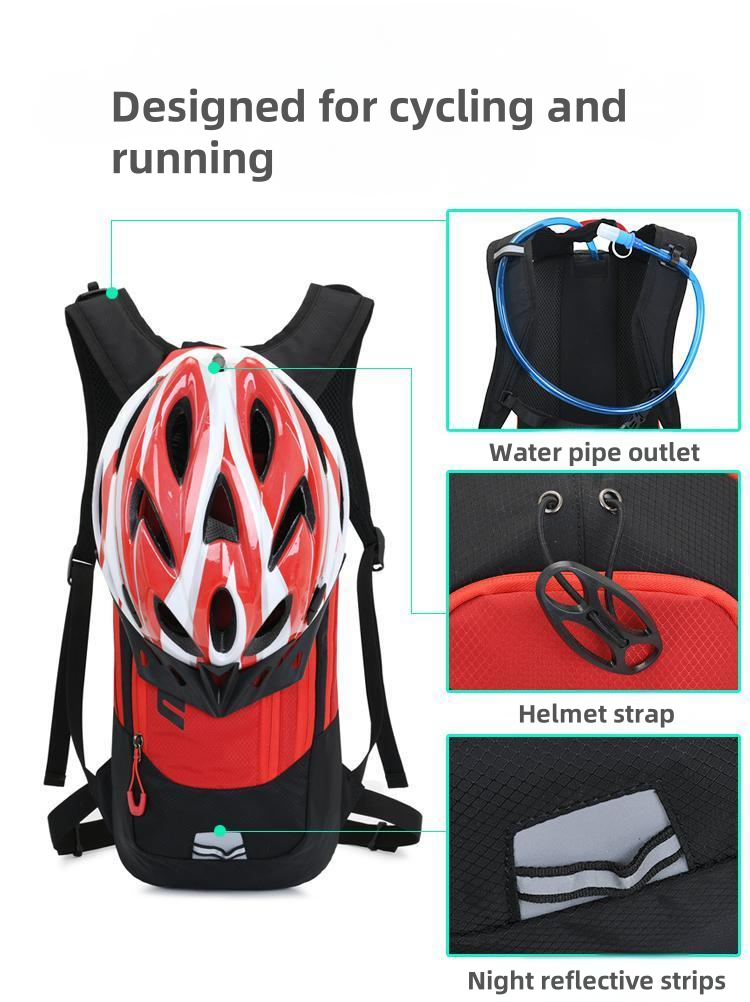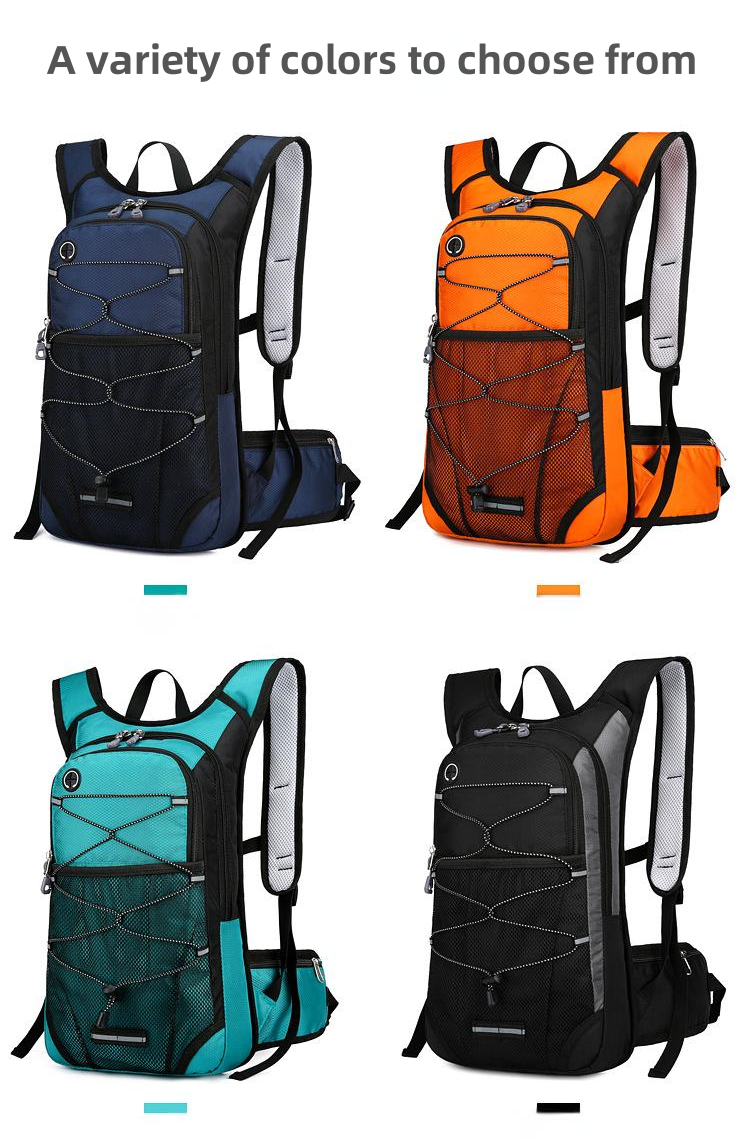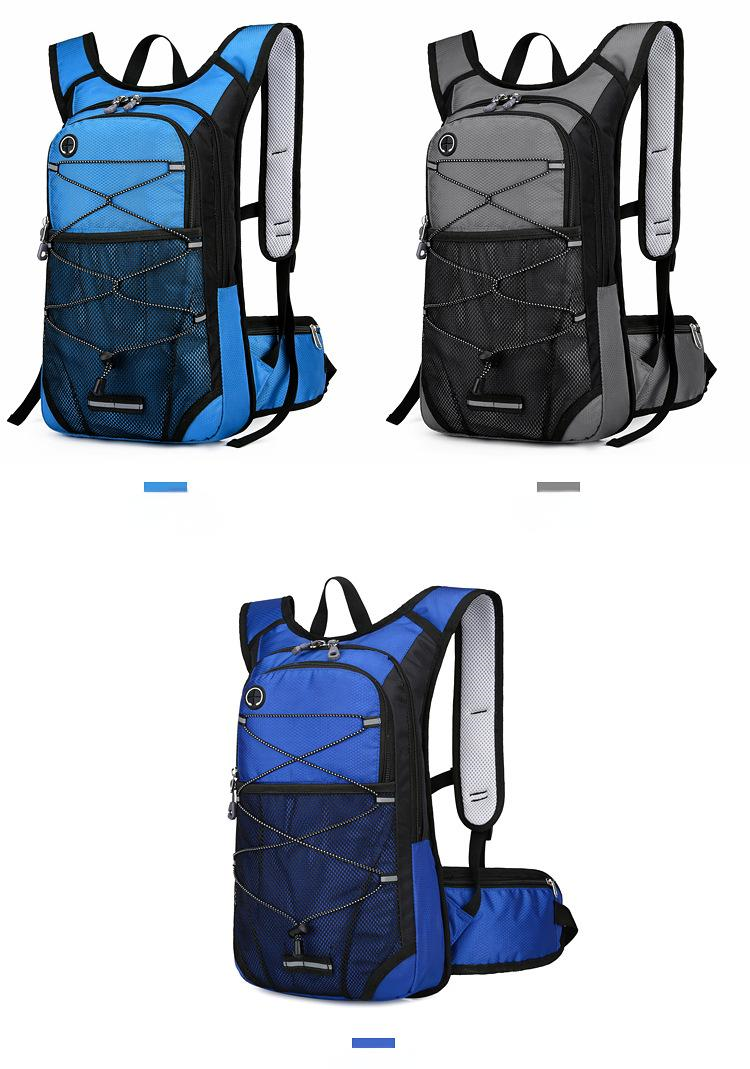As an expert in the outdoor gear industry, I have an in-depth understanding of hydration packs and have come across a common problem faced by many outdoor enthusiasts – unstable hydration packs. Whether you are on a long hike, a challenging mountain bike ride, or an intense trail run, a wobbly pack can seriously interfere with your activities and even affect your performance. In this article, I will share my insights and practical solutions to help you keep your hydration pack stable and secure.
Understanding the Causes of a Bouncing Hydration Backpack
Before we dive into the solutions, it’s important to understand why your hydration backpack might be bouncing around in the first place. There are several factors that can contribute to this problem.
1. Incorrect Backpack Fit
One of the most common reasons for a bouncing backpack is an improper fit. If the backpack is too big or too small for your body, it won’t sit snugly against your back. A backpack that’s too large will have extra space inside, causing the contents, including the water bladder, to shift around as you move. On the other hand, a backpack that’s too small will be stretched and may not distribute the weight evenly, leading to instability.
2. Improper Packing of the Backpack
How you pack your hydration backpack can also affect its stability. If the water bladder is not placed in the designated compartment correctly or if there are other items in the backpack that are not secured properly, they can move around and cause the backpack to bounce. For example, if you have loose items like a jacket or a snack bar bouncing around inside the backpack, it can disrupt the overall balance.

3. Inadequate Strap Adjustment
The straps on your hydration backpack play a crucial role in keeping it stable. If the shoulder straps are too loose, the backpack will sag and bounce with every step. Similarly, if the hip belt is not properly adjusted, it won’t transfer the weight of the backpack effectively to your hips, which are the strongest part of your body for carrying loads. This can result in the backpack moving around on your back.
4. Water Bladder Issues
The water bladder itself can also be a factor. If the bladder is not filled properly, it may have air pockets inside. These air pockets can cause the bladder to shift and move around within the backpack, leading to instability. Additionally, if the bladder is not securely fastened in its compartment, it can bounce around and make the entire backpack feel unstable.
Table 1: Common Causes of a Bouncing Hydration Backpack
| Cause | Description | Impact on Stability |
|---|---|---|
| Incorrect Backpack Fit | Backpack is too big or too small for the user’s body | Contents shift, causing the backpack to bounce |
| Improper Packing | Water bladder not placed correctly, loose items in the backpack | Disrupts balance and leads to instability |
| Inadequate Strap Adjustment | Shoulder straps too loose, hip belt not properly adjusted | Backpack sags and moves around on the back |
| Water Bladder Issues | Air pockets in the bladder, bladder not securely fastened | Bladder shifts and makes the backpack unstable |
Solutions to Keep Your Hydration Backpack from Bouncing
Now that we know the causes, let’s explore some effective solutions to keep your hydration backpack stable.
1. Get the Right Fit
The first step in solving the bouncing problem is to ensure that your hydration backpack fits you properly. When choosing a backpack, pay attention to the size chart provided by the manufacturer. Measure your torso length and compare it to the size options available. Most backpacks come in different sizes, such as small, medium, and large, to accommodate different body types.
When trying on a backpack, adjust the shoulder straps so that they sit comfortably on your shoulders without digging in. The backpack should rest snugly against your back, with no gaps between your back and the backpack. The hip belt should be positioned around your hips, just above your pelvic bones. This is where the majority of the weight should be carried to reduce strain on your shoulders and back.
2. Pack Your Backpack Properly
Proper packing is essential for keeping your hydration backpack stable. Start by placing the water bladder in its designated compartment. Make sure it is filled to the appropriate level, leaving enough space at the top to allow for expansion if the water heats up. Squeeze out any air pockets before closing the bladder.
Next, organize the rest of your items in the backpack. Place heavier items closer to your back and in the middle of the backpack. This will help to distribute the weight evenly and keep the center of gravity low. Use the internal compartments and pockets to secure smaller items and prevent them from moving around. For example, you can put your phone, keys, and snacks in separate pockets.

3. Adjust the Straps Correctly
Adjusting the straps on your hydration backpack is crucial for stability. Start with the shoulder straps. Tighten them until the backpack feels snug against your back, but not so tight that it restricts your movement or causes discomfort. You should be able to move your arms freely without the backpack shifting.
Then, focus on the hip belt. The hip belt should be tight enough to transfer the weight of the backpack to your hips. You can test this by trying to lift the backpack off your back using the shoulder straps. If the backpack stays in place when you lift the shoulder straps, the hip belt is doing its job. If the backpack comes up with the shoulder straps, you need to tighten the hip belt further.
Some hydration backpacks also have sternum straps. These straps connect the two shoulder straps across your chest and help to keep the backpack in place. Adjust the sternum strap so that it sits comfortably on your chest, just below your collarbone.
4. Secure the Water Bladder
To prevent the water bladder from moving around inside the backpack, make sure it is securely fastened. Most hydration backpacks have a dedicated compartment for the water bladder with a hook or a loop to hold the bladder in place. Use this feature to keep the bladder from shifting.
You can also use additional straps or clips to secure the water bladder if your backpack doesn’t have a built – in fastening mechanism. For example, you can tie a piece of string around the bladder and attach it to a loop on the backpack.
5. Use a Backpack Stabilizer
If you’ve tried all the above solutions and your hydration backpack is still bouncing around, you may want to consider using a backpack stabilizer. A backpack stabilizer is an accessory that attaches to the backpack and helps to keep it stable. It usually consists of a set of straps or a frame that distributes the weight more evenly and reduces the movement of the backpack.
There are different types of backpack stabilizers available on the market. Some are designed to be used with specific backpack models, while others are more universal. When choosing a backpack stabilizer, make sure it is compatible with your hydration backpack and that it meets your needs in terms of stability and comfort.

Additional Tips for a Stable Hydration Backpack Experience
Here are some additional tips to help you keep your hydration backpack stable and enjoy your outdoor activities to the fullest.
1. Test Your Backpack Before a Long Trip
Before embarking on a long – distance hike, bike ride, or run, it’s a good idea to test your hydration backpack on a shorter trip. This will give you a chance to adjust the fit, packing, and straps to ensure that everything is working properly. You can also identify any potential issues, such as a bouncing backpack, and fix them before your main trip.
2. Choose the Right Water Bladder Size
In addition to getting the right backpack fit, it’s also important to choose the right water bladder size. If you’re going on a short trip, a smaller water bladder may be sufficient. However, if you’re planning a long – distance adventure, you’ll need a larger bladder to carry enough water. Make sure the water bladder you choose fits comfortably in the backpack’s designated compartment and doesn’t cause the backpack to feel bulky or unbalanced.
3. Consider the Terrain
The type of terrain you’ll be traveling on can also affect the stability of your hydration backpack. If you’re going to be on rough, uneven terrain, your backpack is more likely to bounce around. In this case, you may need to adjust the straps even more tightly and use additional stabilization methods, such as a backpack stabilizer. On the other hand, if you’re on smooth, flat terrain, you may be able to loosen the straps slightly for more comfort.
4. Regularly Check and Adjust
Throughout your outdoor activity, regularly check and adjust your hydration backpack. Make sure the straps are still tight, the water bladder is secure, and the backpack is sitting comfortably on your back. If you notice any signs of instability, such as the backpack bouncing or shifting, stop and make the necessary adjustments.

Related Questions
Q: Can I add weight to my hydration backpack to make it more stable?
A: Adding weight to your hydration backpack is not a recommended solution to make it more stable. In fact, adding unnecessary weight can increase the strain on your body and make the backpack more difficult to carry. Instead, focus on getting the right fit, packing the backpack properly, and adjusting the straps correctly to ensure stability.
Q: How do I know if my hydration backpack is the right size for me?
A: To determine if your hydration backpack is the right size for you, measure your torso length. The torso length is the distance from the base of your neck (the seventh cervical vertebra) to the top of your hip bones. Compare this measurement to the size chart provided by the backpack manufacturer. When trying on the backpack, it should sit snugly against your back with no gaps, and the hip belt should be positioned around your hips.
Q: Can I use a hydration backpack for activities other than hiking and running?
A: Yes, hydration backpacks can be used for a variety of outdoor activities, such as mountain biking, skiing, and snowboarding. However, you may need to choose a backpack that is specifically designed for the activity you’ll be doing. For example, a mountain biking hydration backpack may have additional features, such as a helmet holder and a chest – mounted hydration tube, to make it more convenient for cycling.
Q: How often should I replace my hydration backpack?
A: The lifespan of a hydration backpack depends on how often you use it and how well you take care of it. Generally, a high – quality hydration backpack can last for several years with proper maintenance. However, if you notice any signs of wear and tear, such as frayed straps, broken zippers, or leaks in the water bladder, it may be time to replace the backpack.
In conclusion, a bouncing hydration backpack can be a frustrating problem, but it’s one that can be easily solved with the right approach. By getting the right fit, packing your backpack properly, adjusting the straps correctly, securing the water bladder, and using additional stabilization methods if necessary, you can keep your hydration backpack stable and enjoy your outdoor adventures without any distractions. So, grab your backpack, fill up your water bladder, and hit the trails with confidence!